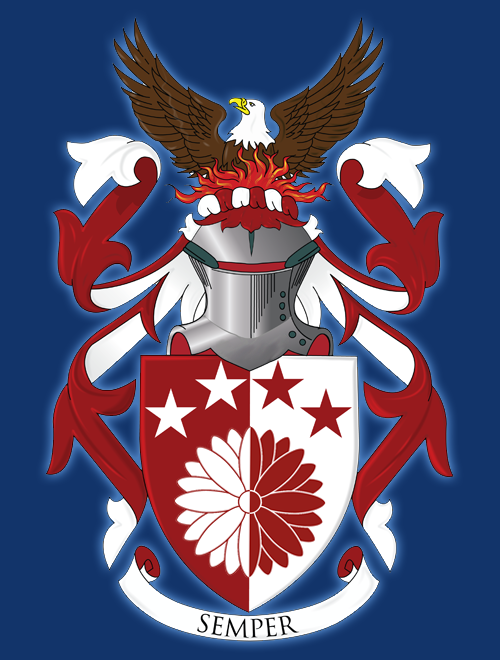
Yesterday I sat down with my son and the boy my wife watches through the week and flipped on some cartoons. It was a nice long weekend having had both Monday and Tuesday off and I was hunkered down for some cartoon watchin’.
I couldn’t decide on a channel and finally wound up on one showing Tom & Jerry. Now, this is a megatoon. That is, it’s like cartoon royalty. It’s up there with Bugs Bunny and Fred Flinstone as part of the foundation of how we think of cartoons. However, this toon, more than any other I can recall, really bothers me. It used to bother me when I was a kid, for reasons I couldn’t figure out, but now I can put a name to.
Tom & Jerry is the only cartoon of that era (readily available to my shoddy memory, please point out any you can think of) where the protagonist is a bad guy. “How’s that?” you might ask. Think about it, Jerry’s only redeeming quality (in the majority of T&J episodes) is that he’s cute and/or clever. Otherwise, he’s a freeloading mouse stealing from the family of which Tom is a member.
There’s the constant that Jerry’s cute and clever, but there’s also a constant that Tom is often trying to do a job. Whether he’s the family housecat or trying to play a sonata, Tom is almost always portrayed at being inept in his ability to do what he is supposed to be doing and that Jerry is always adept at defeating him.
Another constant is that Tom is portrayed as an ass and Jerry’s always the nice guy. This makes it easy for kids to like the “right” guy. Admittedly, in many episodes, Tom treats Jerry despicably. There are episodes where Tom simply lords his power over Jerry, but there are just as many, if not more, where Tom is doing the job that many farmers and homeowners have owned cats to do – kill vermin.
Lastly, there is the constant that Jerry is always the victim of violence and whatever Tom gets is just retaliation. Violence is a common thread among all cartoons of Tom & Jerry’s era and there are probably some Looney Toons that equal if not surpass T&J in violent content. And in all of them, there is usually the subtext of the typical victim – mouse, rabbit, bird, duck – getting the better of the antagonist – cat, hunter, etc. The difference in many of these, though, is the setting. Elmer Fudd intrudes into Bugs Bunny’s world. There is an easily justifiable morale there – sometimes the hunter is outfoxed by the prey. Tweety Bird is brought into a home where there is a cat. Cats do what cats do, but we’re given some other context as well – often that Sylvester has human-like intelligence and knows better. Or that we’re simply watching a cat vs. bird confrontation. Sylvester’s the villain because Tweety doesn’t do anything wrong. Sylvester starts antagonizing Tweety and the morale in many Sylvester and Tweety cartoons can be that you get what’s coming to you or you read what you sow. But what are we supposed to learn from Tom & Jerry.
Well, I watch my son and his friend laugh as pans, pies and plates of food smash into Tom and they laugh and laugh. At 3 (almost 4), they’re just too young to do much more than enjoy the silliness. But this particular episode was more bothersome than most. Jerry (and that little baby mouse that sometimes shows up) were “Mouseketeers” (I guess 1952 is before the Mickey Mouse Club, I’m too lazy to look that up). In the episode Jerry and the other mouse break into a room where a feast has been set up. Tom, of course, has been left behind to guard it and he’s threatened with death by the guillotine if he fails. Of course, he fails and at the end of the episode, as Jerry and younger mouse walk on with their spoils, you hear the guillotine drop and the little mouse says, “Poor, poor pussy cat.” Then he shrugs and says, “C'est la guerre.” (I see, after looking at Wikipedia that the young mouse is named Nibbles.) So, Nibbles says “That’s war” and they resume their victorious march.
This cartoon, probably more than any other, paints the picture of what I think is wrong with T&J – the scavenger, the freeloader wins against the person who is in authority. Or, more correctly, against the person who is enforcing authority’s rules. Also, we’re often shown, that violence against the meek is always wrong, regardless of the situation. However, it is perfectly fine for the meek to meet violence in kind to seek justice or retribution.
Sure, Tom’s no nice guy. But he’s not a villain. He’s a guy, er cat, who’s trying to do his cat thing. The real bad guy, the wolf in sheep’s skin, is Jerry. We were all just duped.
Or maybe I’m just over-thinking this.




No comments:
Post a Comment